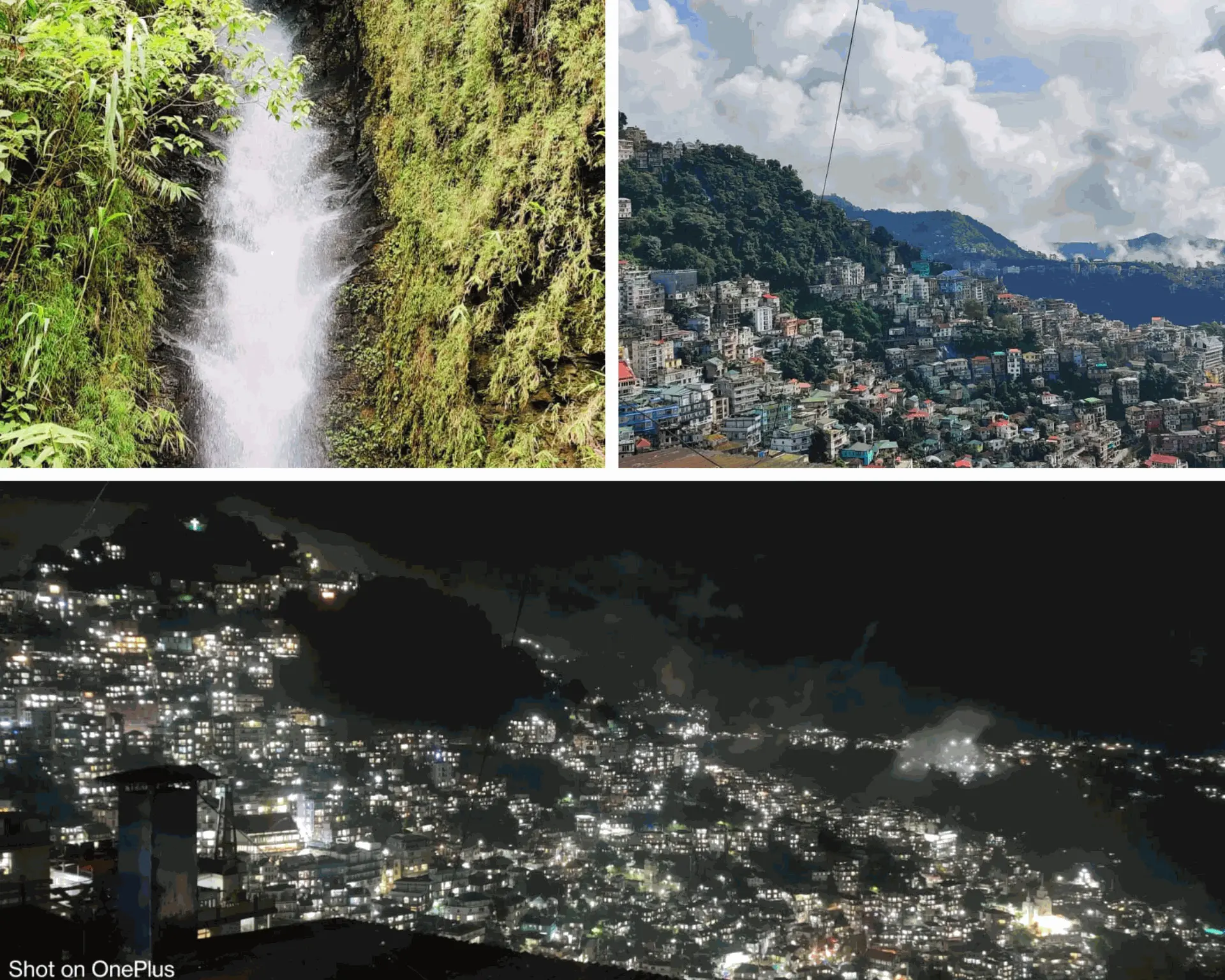Mizoram- Land of Highlanders
A regional brief information:

Nestled in the serene and picturesque landscape of Northeast India, Mizoram, the "Land of the Hill People," is a state renowned for its vibrant culture, high literacy rate, and breathtaking natural beauty. From its rolling hills and lush green valleys to its rich history and unique traditions, Mizoram offers a glimpse into a distinctive way of life.
A Storied Past: From Lushai Hills to Statehood
The history of Mizoram is a saga of the Mizo people, a collective term for several related ethnic tribes who migrated from the Chin Hills of Myanmar in the 17th century. The region was initially known as the Lushai Hills. The British first came into contact with the Mizo tribes in the 19th century, leading to the eventual annexation of the area into British India in 1895.
After India's independence in 1947, the Lushai Hills were a district of Assam. A period of political and social unrest in the mid-20th century, fueled by the Mautam famine and a growing sense of distinct identity, led to the rise of the Mizo National Front (MNF) and a two-decade-long insurgency. A historic peace accord was signed in 1986, leading to Mizoram becoming a full-fledged state of the Indian Union on February 20, 1987.
A Land of Rolling Hills and Verdant Valleys
Mizoram's geography is dominated by a series of north-south running hill ranges with an average height of 900 meters. The highest peak, Phawngpui, also known as the 'Blue Mountain', stands at an elevation of 2,210 meters. The state is crisscrossed by several rivers, with the Tlawng, Tuirial, and Chhimtuipui being the most significant.
The climate is moderate, with pleasant summers and not-too-cold winters. The state receives heavy rainfall during the monsoon season, from May to September, which contributes to its rich and diverse flora and fauna. The verdant landscapes are home to a variety of wildlife, including the hoolock gibbon, clouded leopard, and the state bird, the Hume's pheasant.
A Society of High Literacy and Strong Community Bonds
Mizoram boasts one of the highest literacy rates in India, a testament to the emphasis placed on education. As of the 2011 census, the literacy rate stood at 91.33%. The population is predominantly of Mizo ethnicity, with several sub-tribes such as the Lusei, Ralte, Hmar, and Pawi.
The majority of the population follows Christianity, which plays a significant role in the social and cultural life of the state. Mizo society is characterized by a strong sense of community and the spirit of 'Tlawmngaihna', an untranslatable term that embodies selflessness, hospitality, and a willingness to help others.
An Agrarian Economy with Emerging Sectors
The economy of Mizoram is primarily agrarian, with a large section of the population engaged in agriculture and allied activities. The traditional method of slash-and-burn cultivation, known as 'Jhum', is widely practiced. However, there is a growing shift towards horticulture, with the cultivation of fruits like oranges and pineapples, and flowers like anthuriums gaining prominence.
The state is also focusing on developing other sectors such as handloom and handicrafts, bamboo-based industries, and tourism. The government is actively promoting Mizoram as a destination for eco-tourism and adventure sports.
A Vibrant Tapestry of Culture, Festivals, and Cuisine
The culture of Mizoram is a rich mosaic of traditional customs and modern influences. The Mizo people have a rich oral tradition, and their folklore and legends are passed down through generations. Music and dance are integral to Mizo culture. The most famous Mizo dance is the 'Cheraw' or bamboo dance, performed with great skill and precision.
The state celebrates several vibrant festivals, most of which are connected to the agricultural cycle. 'Chapchar Kut', a spring festival celebrated after the clearing of forests for jhum cultivation, is the most important. Other significant festivals include 'Mim Kut' and 'Pawl Kut'.
Mizo cuisine is known for its simplicity and unique flavors. Rice is the staple food, and dishes often feature boiled vegetables with minimal use of oil and spices. 'Bai', a mixed vegetable stew, and 'Vawksa Rep', smoked pork, are popular traditional dishes.
A Paradise for the Intrepid Traveler
Mizoram is an emerging tourist destination, offering a tranquil and offbeat experience. The capital city, Aizawl, perched on a ridge, offers stunning panoramic views of the surrounding hills. Other places of interest include:
* Phawngpui (The Blue Mountain): A biodiversity hotspot and a trekker's paradise.
* Vantawng Falls: The highest and most spectacular waterfall in the state.
* Palak Dil (Palak Lake): The largest natural lake in Mizoram, surrounded by lush forests.
* Reiek Tlang: A scenic hilltop offering panoramic views and a glimpse into a traditional Mizo village.
* Dampa Tiger Reserve: Home to a variety of wildlife, offering opportunities for jungle safaris and bird watching.
With its serene beauty, rich cultural heritage, and warm and hospitable people, Mizoram is a land that captivates the heart and soul of every visitor.
Mizoram at a Glance:
| Capital | Aizawl |
| Area | 21,081 sq km |
| Population (2011 Census) | 1,091,014 |
| Population (2025 Est.) | 1,264,000 |
| Population Density | 59.96/km$^2$ |
| Literacy Rate | 91.3% (Third highest in India) |
| Statehood | 20 February 1987 (23rd State of India) |
| International Borders | Myanmar (510 km), Bangladesh (318 km) |
| State Borders | Assam (123 km), Manipur (95 km), Tripura (66 km) |
| Highest Peak | Phawngpui (Blue Mountain) at 2,210 m |
| Forest Cover (% of Geographical Area) | 84.53% (Highest in India) |